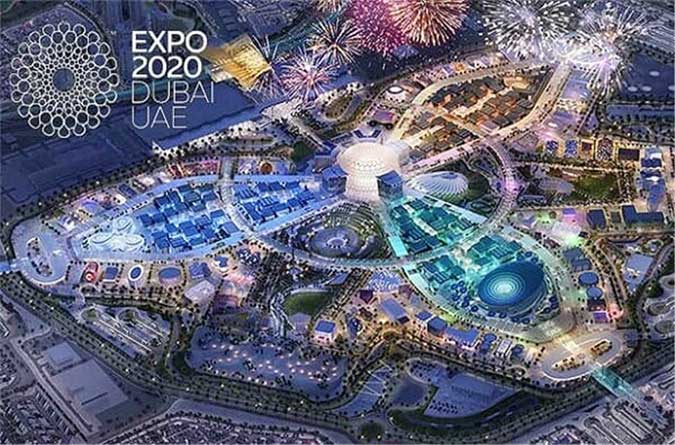By Jenina P. Ibañez, Reporter
THE BUDGET for the Philippine pavilion at the rescheduled World Expo in Dubai has been cut after the government repurposed funding in favor of the coronavirus disease 2019 (COVID-19) containment effort.
Construction of the Philippine pavilion is around 93% complete, with the Trade department aiming to finalize works in August.
“Owing to the novel coronavirus (COVID-19) pandemic, which has been declared a global health emergency by the World Health Organization, the Philippine Government has adopted major realignments in budgetary allocations for fiscal years 2020 and 2021,” the Trade department said in an e-mail.
“This shift in priorities and changes in National Government policies has determined corresponding adjustments in the Philippines’ Expo 2020 Dubai preparations.”
The department did not elaborate on the new budget. Initial spending was at an estimated P800 million to build and maintain the “Bangkota” pavilion and promote Philippine creative goods at the six-month event.
Creatives working on the pavilion said that the shifted timeline worked to their advantage after organizers of the 192-nation expo rescheduled it for an October 2021 start instead of 2020 in response to pandemic-related constraints.
Lucille Ong, owner of the Dubai-based Al Shomoos Landscaping and Gardening LLC, said that the longer preparation period helped improve the landscaping of the pavilion.
“We planted the trees in September. So by the time the pavilion opens, the plants will be relaxed,” she said in an online video interview.
“(Our work) has to be adjusted because the contractor kept the same schedule. And we have to follow the schedule of the contractor because they’re the ones giving us the space.”
BUDJI+ROYAL Architecture+Design President and Chief Executive Officer Royal Pineda said in an online video interview that public health-related restrictions did not create long construction delays for the Philippine pavilion compared to those of other countries.
The architecture and design firm had been working on what Mr. Pineda calls a “practical luxury” option — a less costly pavilion, using Dubai-based materials and technology instead of imports.
“Some countries were delayed because of importation,” he said, explaining that the Philippine team used the extra time to refine some design work, including the animations for exhibits inside the pavilion halls.
“What was also critical and how it affected us is there was some slashing of the budget, because I think of course the government was also very careful and prudent during the pandemic time and we understand that.”
The furnishings, for example, were reduced.
“That also triggered us to be even more creative… with the limitations, you really have to make it work and that I think is a good challenge for designers,” he said.
Structural and safety-based construction works were prioritized under the budget, Ms. Ong said.
“For me, it doesn’t matter… We will fill whatever looks better. Afterwards — after we’ve planted everything that is on the official list, then we will add to make it look lush. It’s not about the cost.”

